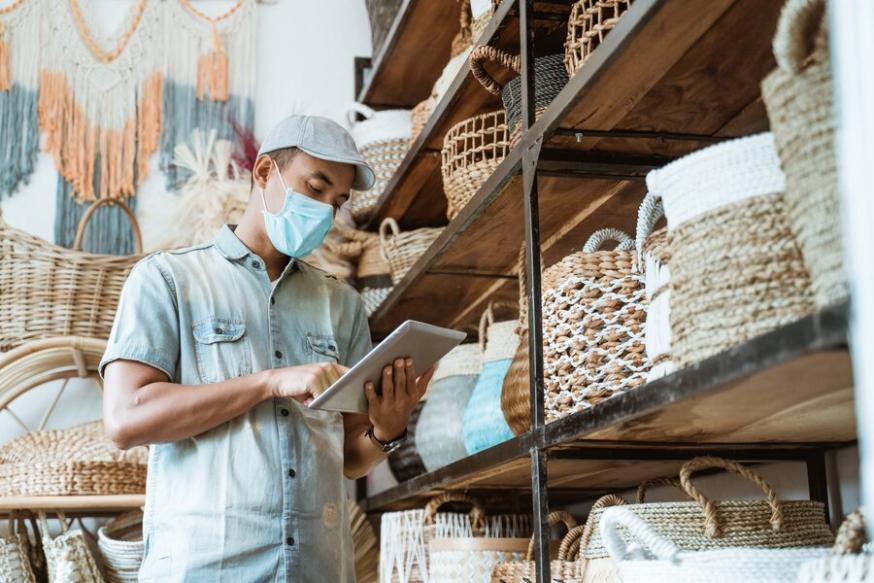What Are the Best Practices for Retail Stores During the COVID-19 Pandemic?
The COVID-19 pandemic has had a profound impact on retail stores worldwide. With the need to ensure the safety of customers and employees, it is crucial for businesses to implement best practices that promote health, safety, and success during this challenging time.

I. Health And Safety Measures:
Enhanced Cleaning And Sanitization:
- Regular disinfection of high-touch surfaces such as door handles, countertops, and shopping carts.
- Use of EPA-approved disinfectants to ensure effective sanitization.
- Placement of hand sanitizer stations throughout the store for easy access by customers and employees.
Face Masks And Personal Protective Equipment (PPE):
- Mandatory face masks for both employees and customers to reduce the risk of transmission.
- Provision of PPE such as gloves and face shields to employees who interact with customers.
Social Distancing:
- Clear signage and floor markings to guide customers in maintaining a safe distance from each other.
- Limiting the number of customers allowed in the store at one time to avoid overcrowding.
- Encouragement of contactless payment options to minimize physical contact.
II. Customer Experience:
Contactless Shopping:
- Promotion of online shopping and curbside pickup to reduce in-store traffic.
- Utilization of mobile payment options to avoid cash handling and promote touchless transactions.
- Offer contactless delivery services to cater to customers who prefer to stay home.
Virtual Shopping Assistance:
- Provision of virtual shopping consultations via video conferencing or chat platforms.
- Use of video conferencing for personalized assistance, allowing customers to receive product recommendations and styling advice from home.
Flexible Return Policies:
- Extension of return periods to accommodate customers who may need more time to make decisions.
- Offer no-contact returns through designated drop-off points or mail-in options.
III. Employee Training And Communication:
Comprehensive Training:
- Educate employees on COVID-19 safety protocols, including proper hand hygiene, mask-wearing, and social distancing.
- Train employees on new technologies and procedures implemented to ensure a safe shopping environment.
Clear Communication:
- Communicate store policies and guidelines to employees clearly and consistently.
- Keep employees informed of changes and updates to ensure they are well-equipped to address customer inquiries and concerns.
IV. Supply Chain And Inventory Management:
Diversify Suppliers:
- Reduce reliance on a single supplier to mitigate supply chain disruptions.
- Seek alternative sources for products to ensure a steady supply of essential items.
Inventory Control:
- Monitor inventory levels closely to identify potential shortages and overstocking.
- Adjust ordering patterns to meet changing demand and avoid excessive inventory buildup.
V. Marketing And Communication:
Transparent Communication:
- Communicate store policies and safety measures to customers proactively through signage, social media, and email.
- Keep customers informed about changes and updates to build trust and confidence.
Digital Marketing:
- Utilize social media and email marketing to reach customers and promote online shopping and contactless services.
- Promote store policies and safety measures through digital channels to reassure customers about their commitment to health and safety.
VI. Conclusion:
Adapting to the new normal is essential for retail stores to survive and thrive during the COVID-19 pandemic. By implementing best practices that prioritize health, safety, and customer experience, businesses can create a safe and welcoming environment for customers while ensuring the well-being of their employees. Encouraging customers to support local businesses and recognizing the efforts of frontline workers is crucial in fostering a sense of community and resilience during these challenging times.
YesNo

Leave a Reply